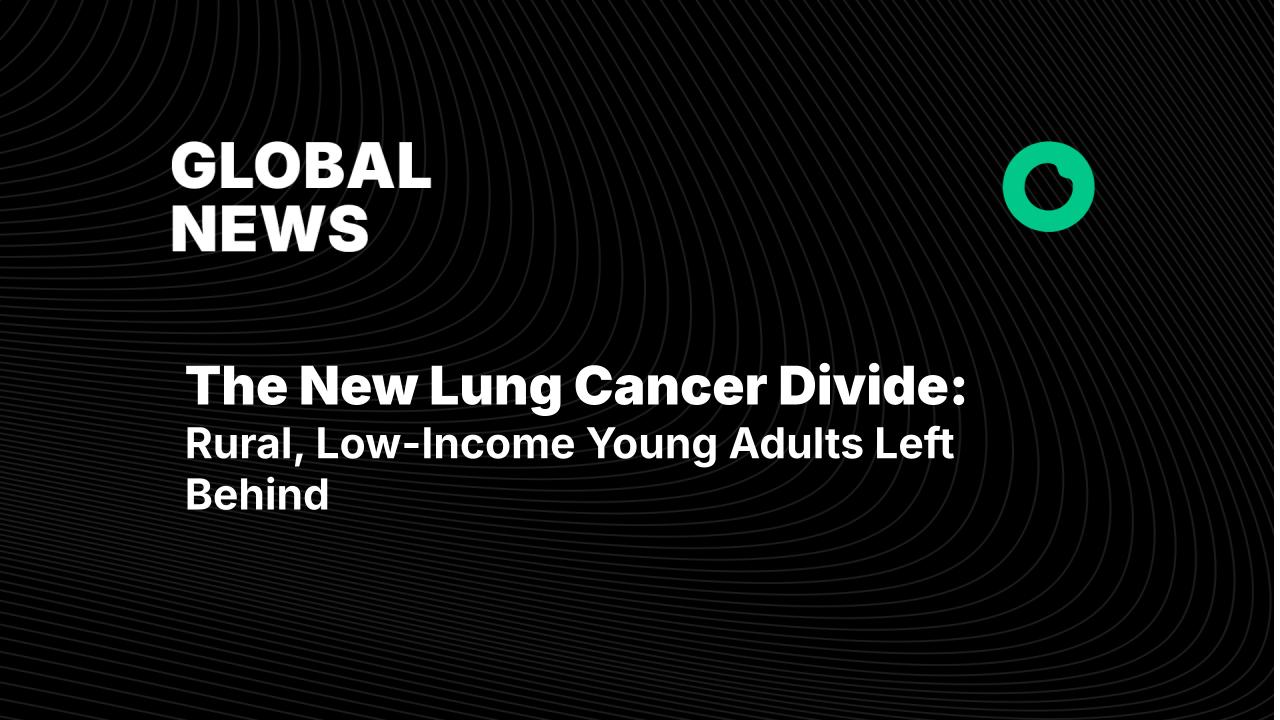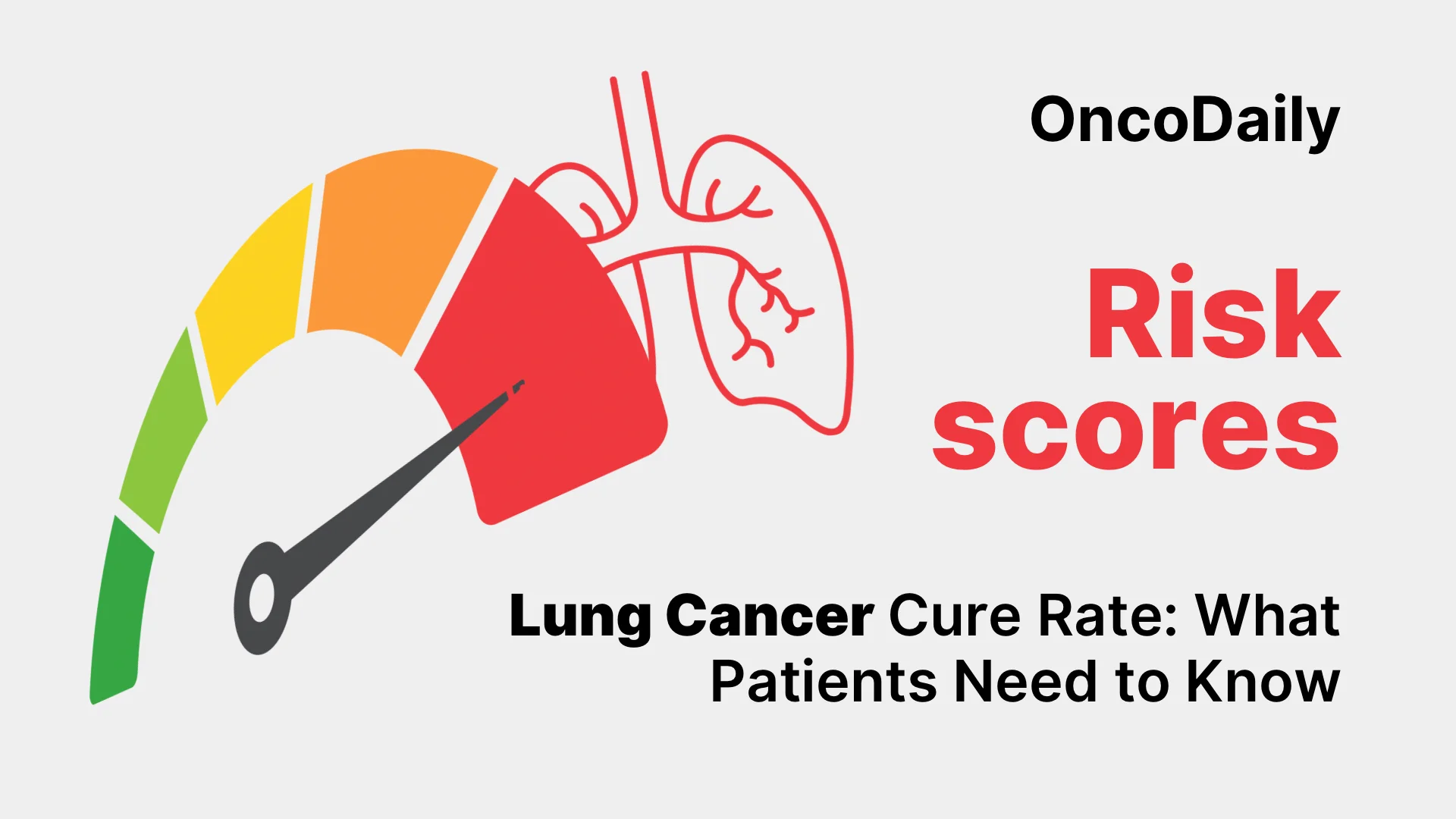A sweeping U.S. analysis of 18,595 people aged 18–50 diagnosed with early-onset non–small cell lung cancer (NSCLC) has a blunt message: outcomes hinge not only on tumor biology but on where you live, what you earn, and how fast you receive care. More than half of these young adults—53.4%—were already at Stage IV when doctors first met them, a late presentation that sets survival on a steep downhill path from day one. The work, published October 13, 2025, in JAMA Network Open, reframes lung cancer in the young as a social and systems problem as much as a clinical one
Stage rules everything… but it’s not the whole story
No surprise: stage at diagnosis dominated the survival models. In adjusted analyses, being diagnosed at Stage IV carried roughly a 17-fold higher risk of death than earlier stages—a staggering hazard ratio that reflects how unforgiving late detection is in NSCLC. Biology added more bad actors: liver metastases and squamous histology pushed risk higher, and men fared worse than women after accounting for other factors. Yet the paper’s most consequential contribution may be how precisely it quantifies non-biologic forces—income, geography, and time-to-treatment—that push outcomes apart, even among the young.
The social determinants that move the needle
The investigators linked lower household income with a 45% higher risk of death after adjustment. Rural residence independently worsened survival; among patients fortunate enough to be diagnosed at Stage I, living outside urban centers carried a 65% higher mortality risk. And income mattered even at that earliest stage: Stage I patients in lower-income brackets nearly doubled their risk of death versus higher-income peers. These disparities persisted beyond tumor factors, signaling barriers in access, affordability, navigation, and the timeliness of care—factors a health system can actually change.
Time is treatment
The study didn’t just count days; it weighed them. Using machine-learning survival models, the authors identified the interval from diagnosis to treatment initiation as one of the most important predictors of overall survival. Speed—often dictated by insurance approvals, referral pathways, diagnostic capacity, and distance to specialists—emerged as a modifiable lever with life-and-death consequences. For young adults juggling work, caregiving, and travel, every administrative delay is a clinical delay.
Why this U.S. story resonates globally
Although the data derive from the U.S. SEER registry, the pattern is instantly recognizable worldwide: younger adults are not on most screening radars, awareness campaigns skew older, and resource gaps widen as you move away from big cities. In many low- and middle-income countries, geographic barriers are larger, financial protections thinner, and specialist density lower—conditions likely to amplify precisely the drivers of excess risk identified in this study. An accompanying JAMA Network Open editorial situates these findings squarely within the broader “social determinants of health” discourse and challenges systems to make equity a design principle, not a post-hoc fix.
Rethinking “low risk” in younger adults
The default mental model—lung cancer as an older smoker’s disease—can blind clinicians and patients to warning signs in younger people, including non-smokers. That mindset delays imaging, biopsy, and referral. The new data argue for a higher index of suspicion in primary care and emergency settings. While wholesale screening expansion is complex, targeted early-detection strategies for younger, higher-risk subgroups (family history, environmental and occupational exposures, regions with poor access) deserve serious evaluation. The study’s central point is not that age 18–50 should automatically trigger CT scans, but that youth should no longer be a reason to dismiss concerning symptoms or to tolerate long diagnostic timelines.
From findings to fixes: what would actually help
First, compress the clock. Standardize rapid-diagnostic pathways so that the journey from suspicious imaging to tissue diagnosis to first treatment is measured in days, not weeks. Pre-authorized imaging bundles, same-day pathology workflows, and “fast-track” clinics in regional hubs can shave precious time from the timeline that the paper shows truly matters. Second, meet patients where they are. Rurality is not just distance; it’s transportation, childcare, time off work, and up-front costs. Mobile diagnostic units, tele-oncology consults tied to local imaging, and travel and lodging stipends can narrow the rural penalty quantified in the study. Third, soften the financial blow.
Even in insured systems, deductibles and co-pays create lethal friction. Income-linked navigation and financial assistance programs, automatically offered at diagnosis, can keep patients on evidence-based trajectories rather than cheaper, slower, or interrupted ones. Finally, update the awareness playbook. Campaigns that speak to under-50s—especially non-smokers—about persistent cough, chest pain, breathlessness, or unexplained weight loss could move some diagnoses earlier, where cure is plausible and the survival gap shrinks.
Lung Cancer Cure Rate: What Patients Need to Know in 2025
Mind the context—and its limits
Registry studies are powerful but imperfect mirrors. Socioeconomic status was inferred from area-level income and residence categories; some nuance is inevitably lost. Residual confounding is possible. And while SEER covers roughly a quarter of the U.S. population, extrapolating to every setting requires care. Yet the convergence of classic statistics and machine-learning methods on the same set of modifiable drivers, across nearly 19,000 young patients, is hard to dismiss. The October 2025 issue summary underscores the paper’s central takeaway: modifiable non-biologic factors—household income, residence, and treatment timing—track tightly with survival in early-onset NSCLC.
The equity test for modern cancer care
Precision therapies and immunotherapy have transformed lung cancer care, but precision without access is just selection. This study challenges systems to prove they can deliver modern medicine on time and to everyone. If a Stage I diagnosis confers dramatically different odds based on zip code and paycheck, the inequity is not subtle—it’s structural. Health systems that redesign around speed, reach, and affordability will save lives without inventing a single new drug.
The Takeaway: Fix the System, Not Just the Science
Being young doesn’t protect you from lung cancer—and if you’re young, poor, or far from specialty care, it can actively stack the odds against you. The science here is practical: narrow the delay, lower the financial and geographic hurdles, and stop missing the disease simply because the patient looks “too young.” That’s how you turn a grim statistic into a fairer fight.

